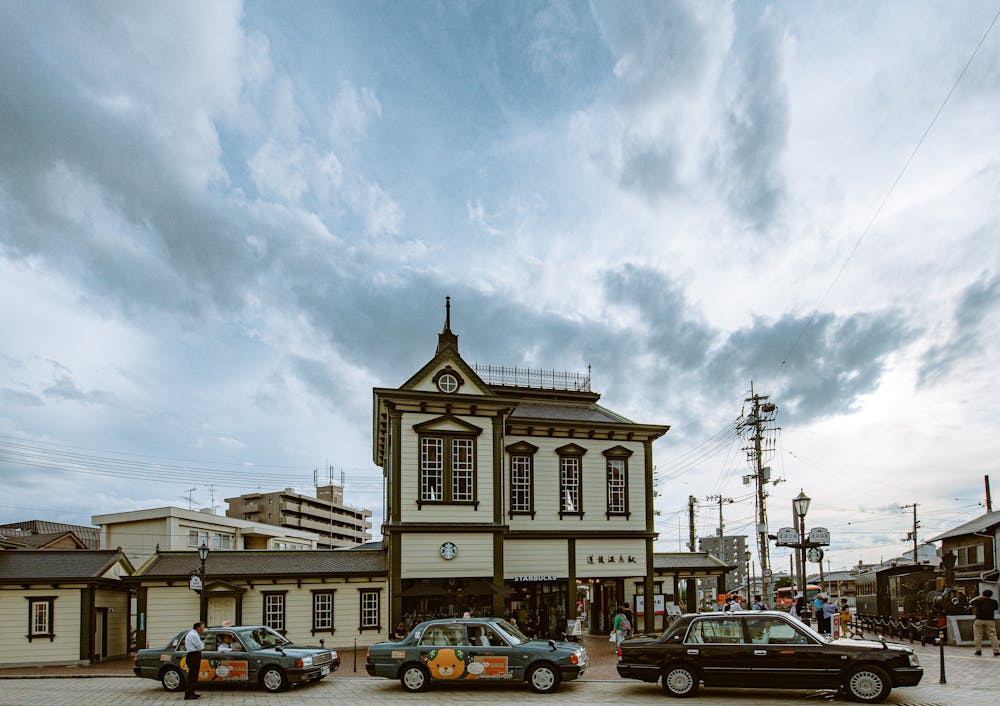Nestled in Nagano Prefecture, this historic city is a captivating destination filled with samurai history, scenic landscapes, and traditional arts. Known for its deep-rooted heritage and natural beauty, the area offers visitors an authentic glimpse into Japan’s past while providing spaces for relaxation and adventure. From centuries-old castles to rejuvenating hot springs, every corner has a story to tell.
A Fortress of Samurai Strength
One of the most renowned landmarks in Ueda is its iconic castle, originally built in 1583 by the Sanada clan. Famous for enduring two intense sieges against the Tokugawa forces, the fortress stands as a testament to the region’s resilience. Though only parts of the original structure remain, the reconstructed turrets and gates provide insight into its past significance.
Visitors can explore the castle grounds, where cherry blossoms transform the landscape into a pink wonderland each spring. The park surrounding the structure offers a peaceful retreat, while the shrine within the premises pays homage to the legacy of the warriors who once defended the land.
A Walk Through Time on Yanagimachi Street
This historic merchant district is a beautifully preserved slice of the Edo period. Once a key stop along a major trade route, it still retains its old-world charm. Wooden buildings line the road, housing specialty shops, traditional inns, and quaint cafés.
Local artisans sell handcrafted goods, including pottery, textiles, and wagashi (Japanese sweets). These unique items offer the perfect opportunity to take home a piece of cultural craftsmanship. Strolling through the street, visitors can admire the detailed architecture and soak in the nostalgic atmosphere of a bygone era.
Soothing Hot Springs in a Mountain Retreat
For those seeking relaxation, the nearby onsen town is a must-visit. One of Nagano’s oldest hot spring areas, it has welcomed travelers for centuries. Its mineral-rich baths offer a perfect escape, allowing visitors to unwind and experience Japan’s healing traditions.
Beyond its rejuvenating waters, the town boasts remarkable temples. One has Japan’s only surviving octagonal pagoda, a rare gem. Another, facing north instead of south, holds deep spiritual significance and connects to a major temple in Nagano City. Visiting these sacred sites adds cultural depth to any trip.
Mastering the Art of Traditional Weaving
This region is also known for its exquisite textile craftsmanship. For centuries, skilled artisans have produced a unique style of woven silk that remains highly valued for its quality and beauty. The fabric’s distinctive texture and soft luster make it a prized material for kimonos and other traditional garments.
Visitors can witness this intricate craft in action at local workshops, where they can observe skilled weavers at work. Some studios even offer hands-on experiences, allowing guests to try their hand at weaving a small piece to take home as a keepsake.
Savoring the Region’s Local Delicacies
The area’s agricultural richness contributes to a vibrant food culture. The region is particularly known for its high-quality apples, used in everything from fresh desserts to flavorful ciders. Another local specialty is soba, a beloved buckwheat noodle dish prepared in hot and cold variations.
Many restaurants serve freshly handmade soba, allowing visitors to enjoy an authentic taste of the region’s culinary heritage. Seasonal dishes highlighting locally grown ingredients further enhance the dining experience, making every meal a delight.
This historic city seamlessly blends the past and present, offering a mix of rich traditions, stunning nature, and unforgettable experiences. Whether wandering through ancient castle grounds, soaking in a centuries-old hot spring, or savoring a handmade bowl of soba, every moment spent in Ueda is a journey into Japan’s cultural heart. With its welcoming atmosphere and deep historical significance, the city invites travelers to explore its timeless beauty at their own pace.

